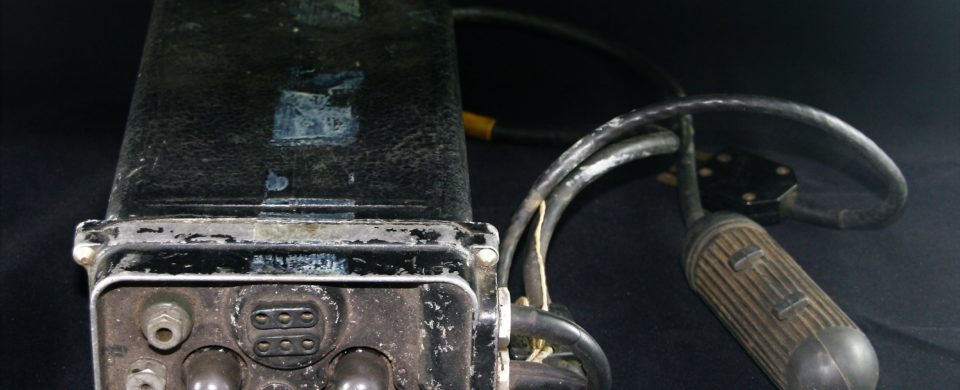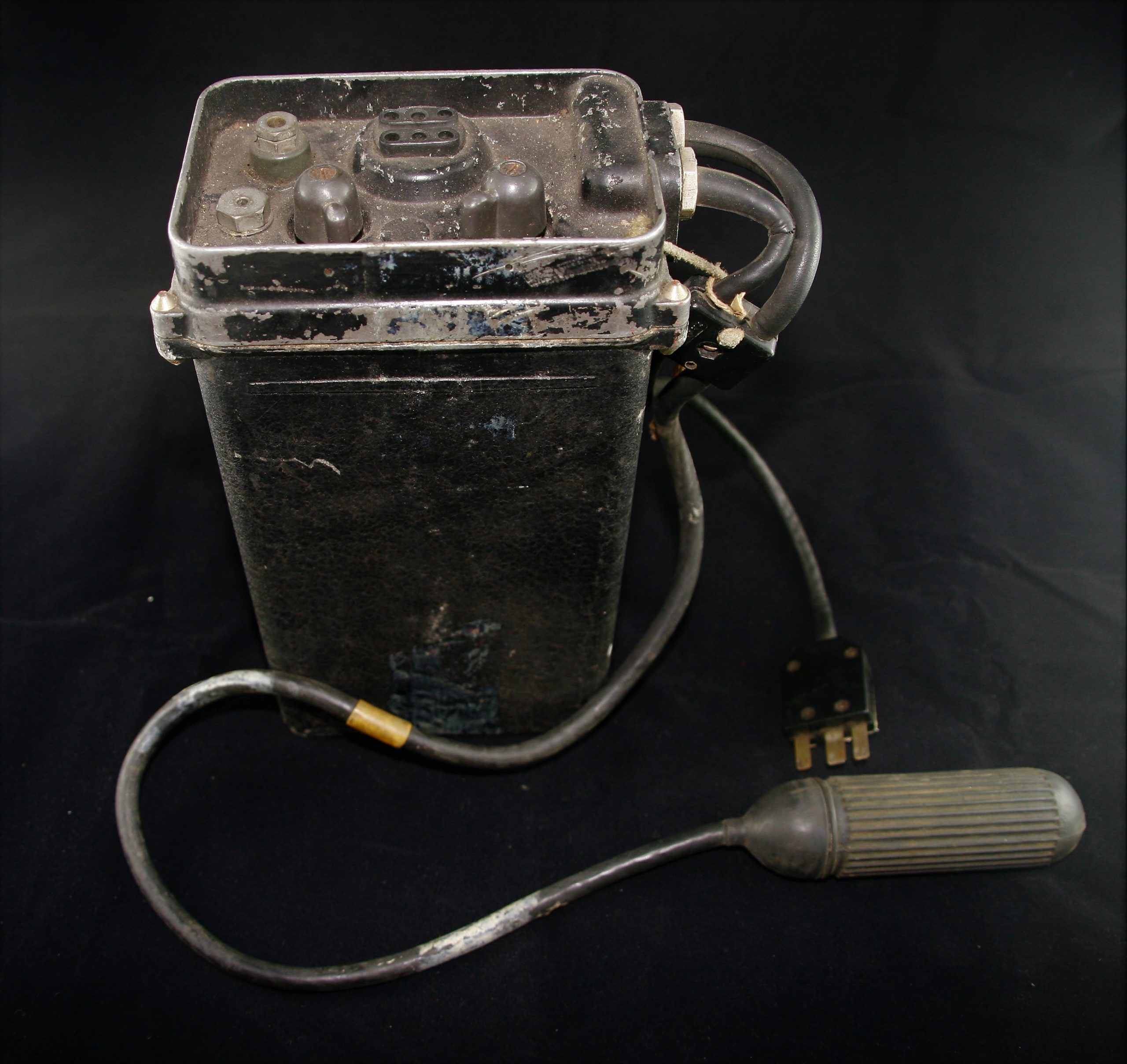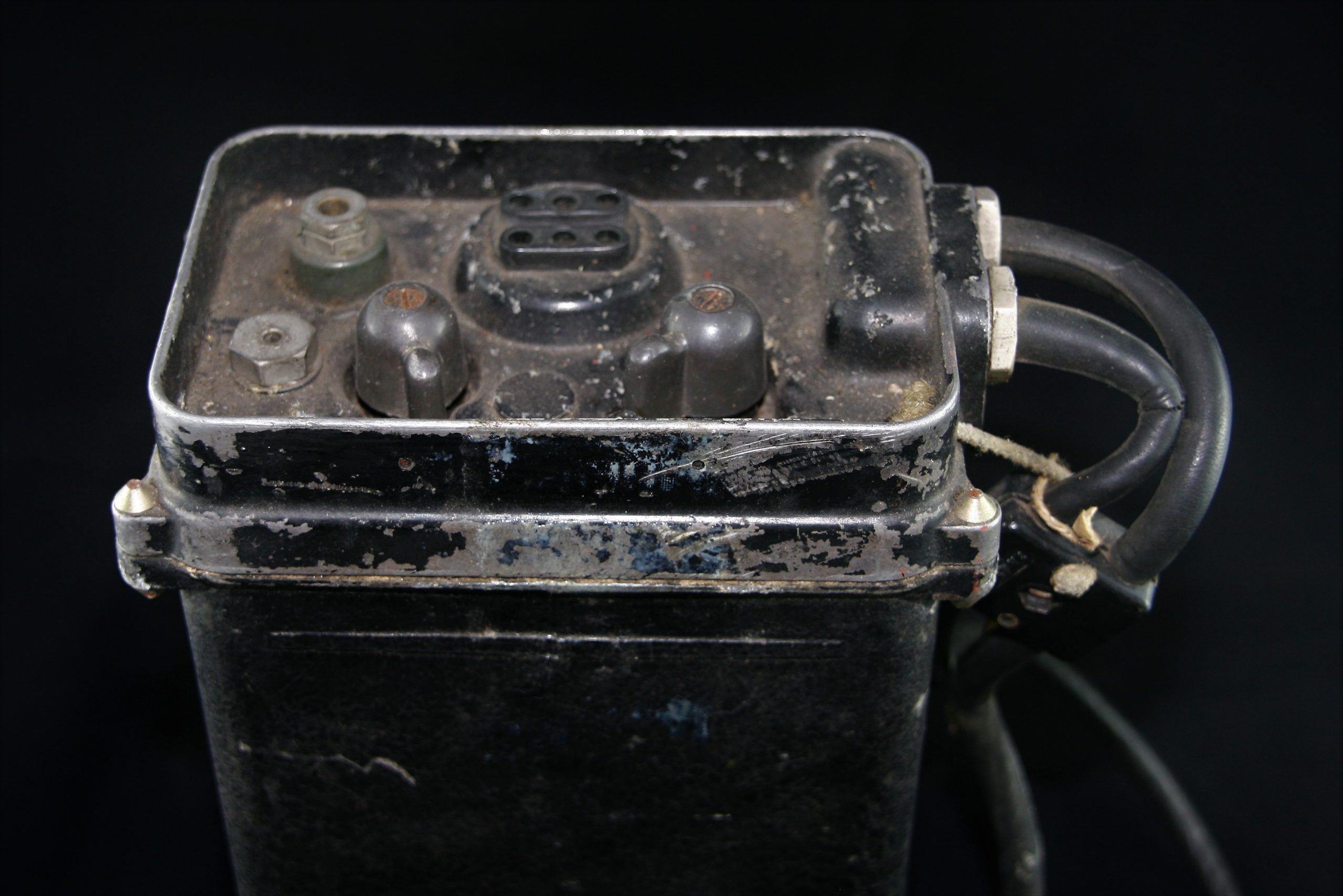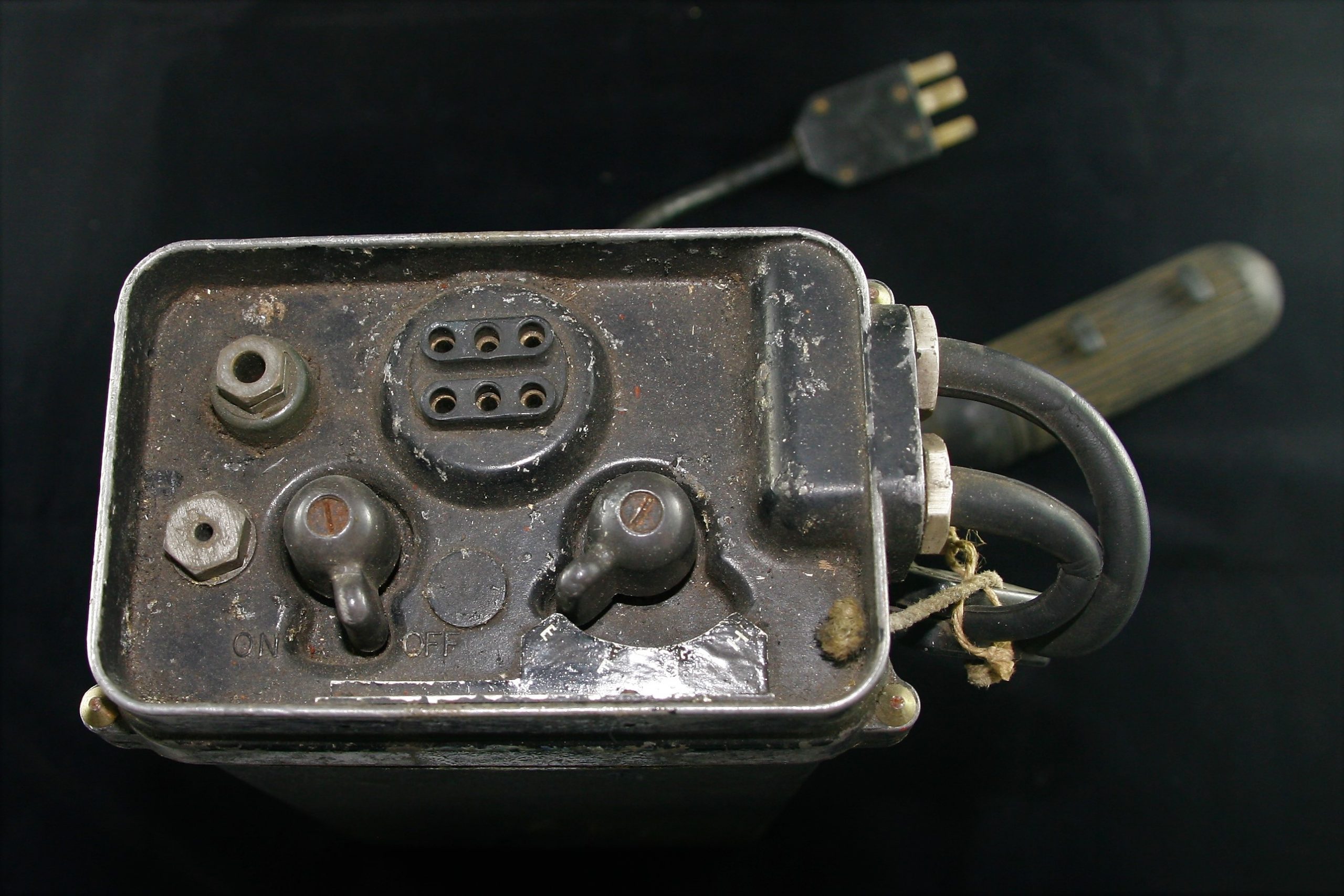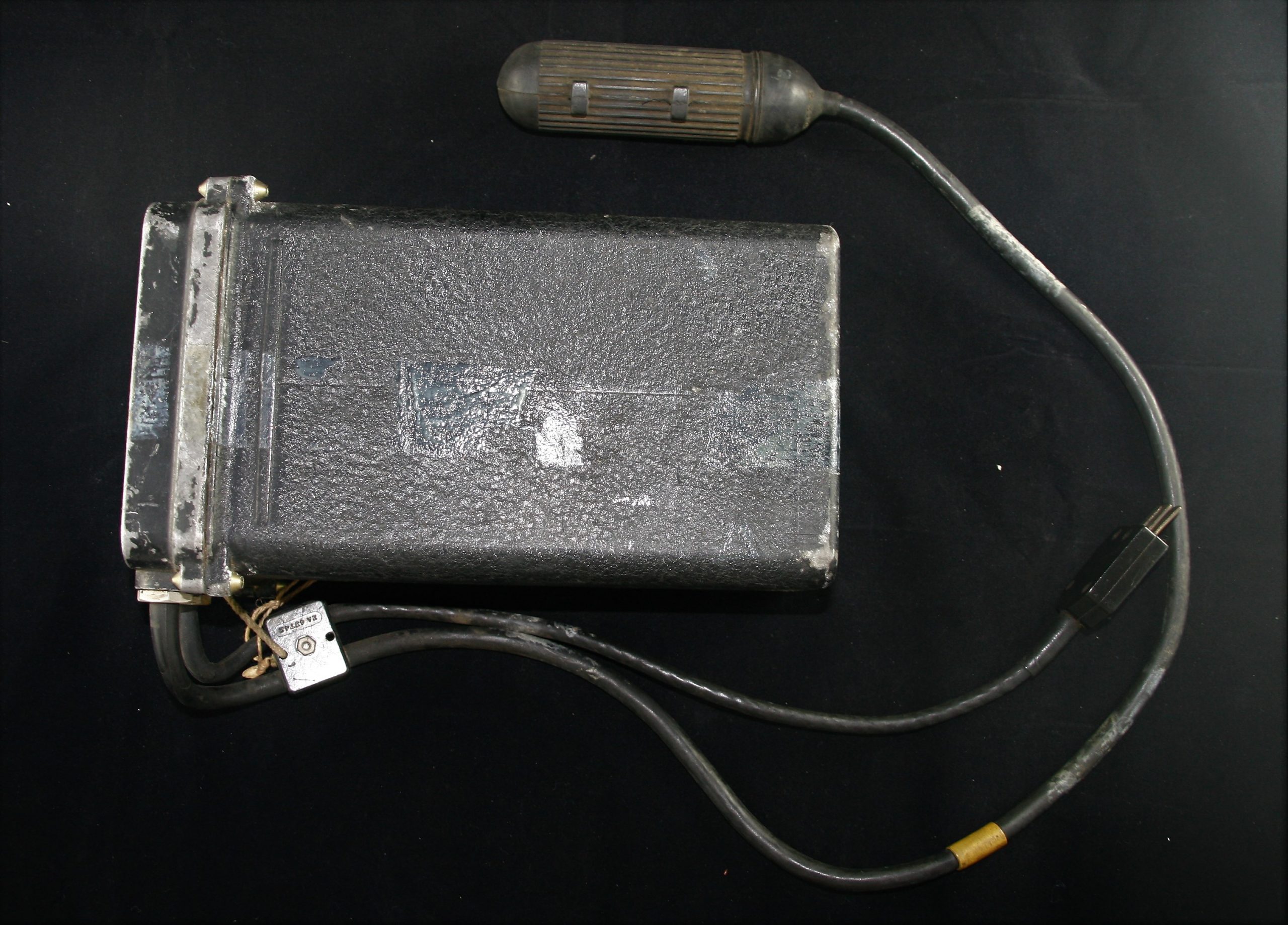Wireless Set No.88
- You are here
- Home
- Museum blog Museum Objects
- Wireless Set No.88
Last time we focused on the tremendous development that happened in field of medicine in British Army between the Boer War and WWI, but the Great War and the one that followed it 20 years later. These advancements opened many fields of development and foundations for leaps in many other technologies. Besides the obvious advancements, such as weapons, leaps in cryptology ended up giving a foundation for computing and communication technologies. One example is this Wireless Set No.88, that was released in 1947 and used mostly during Korean War, and shows the many ways the response of the engineering field to the ever growing need to communicate better, faster, and more effectively on battlefield.
While first short range radios were used by the Army in 1933, the clear advantage of radio technology pushed forward the speed of development, eventually evolving into the Larkspur radio system that was still in use by the British Army and other friendly nations well into 1980’s.
Wireless Set No.88 was a Very High Frequency (VHF) model, operating on the same waves that are now used for broadcasting Frequency Modulation (FM) radio and television. As an upgrade for High Frequency that was used in older models, it covers four channels in 38 – 42 MHz range and is powered with LT 1.4 V and HT 90 V dry batteries.
With 5.75 x 3.75 x 9.75 inch / 146 x 95 x 248 mm dimensions this particular device was used for short range communication in infantry units, and its compressed size was perfect as a mobile device carried in a bag at the front. Completed with antenna, headphones and microphone, it had an impressively light weight for a radio of its power, weighing in at 11 lb 8 oz / 5.221 kg.
By necessity, the crucible of war often brings out the best in human ingenuity. Similar to the technology that powers flight, the development of radio technology in the civilian world owes the speed of its development to the need to communicate and co-ordinate in harsh and trying conditions. The improvements in terms of size and power that the No. 88 radio represents were only made possible by the competitive environment of WWII and the Korean War, and in turn disseminated these advancements into the civilian world.

